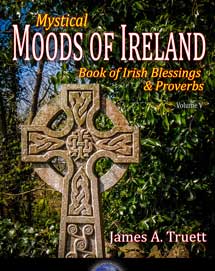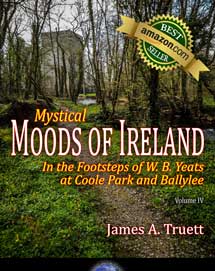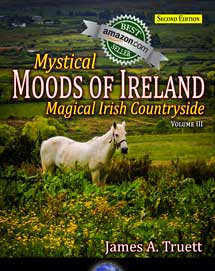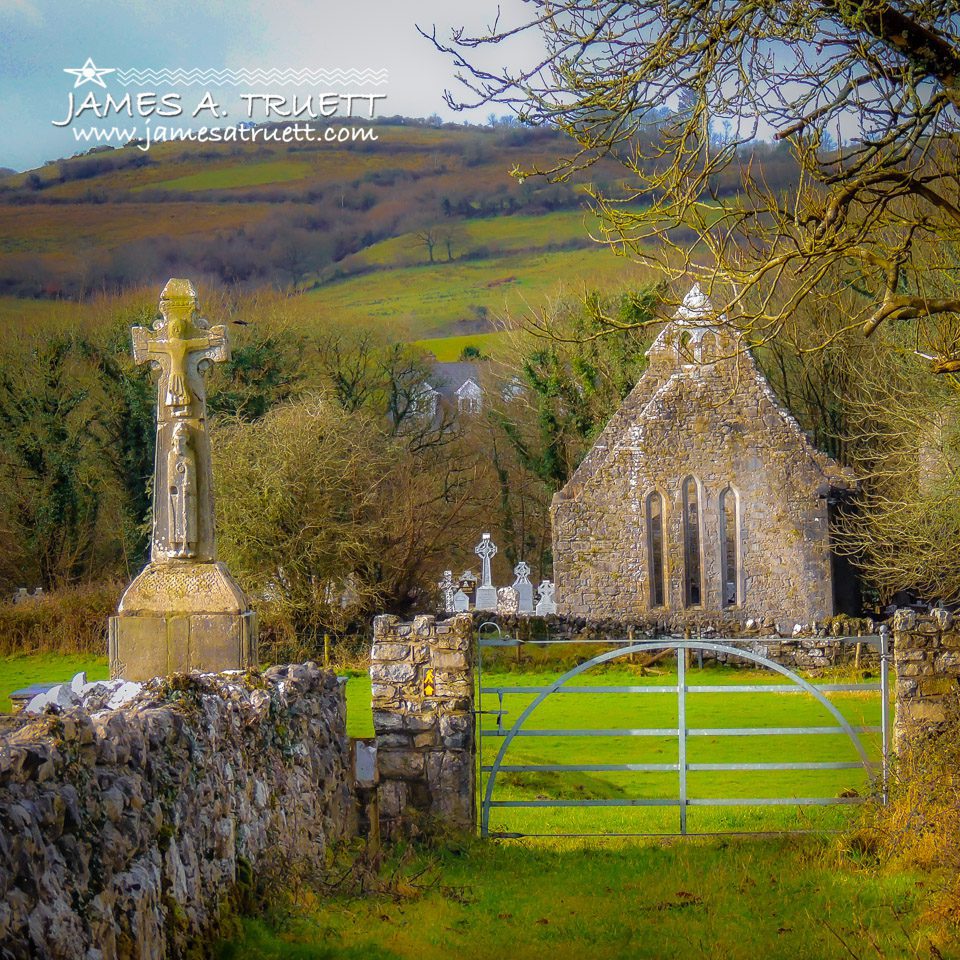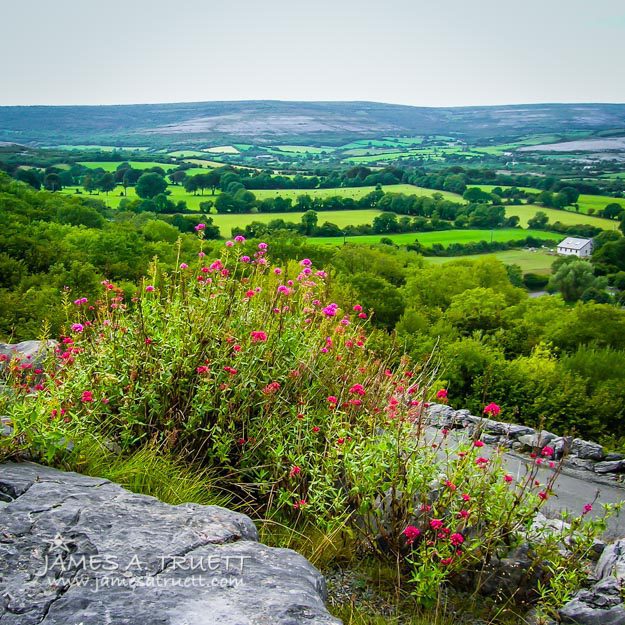Irish Cottage in Spring at County Clare
Natural hedges of Gorse, the brilliant yellow flowering bush, surround this abandoned Irish cottage in the County Clare countryside near Kilrush.
You can see this same cottage during late Autumn, with gray skies and a much more stark ambiance in this post.
This is one of thousands of crumbling homes dotting the Irish countryside, abandoned starting in the famine years of the mid-1800s and continuing on through the 1900s on the foot of economic challenges for rural families.
The de-population of Ireland's hinterlands was most prevalent in the West of the country — County Clare's population is less than half what it was in 1840.
Prior to the famine, County Clare's population was recorded as 286,000 people. By 1851, the population had dropped by 74,000 to 212,000.
Subsequent hardships, death and emigration had furthered reduced the number of Clare residents to only 75,000 by 1966. Today, the county's population stands at about 118,000.
Records indicate death claimed more than a million people between 1841 and 1851; another two million left for other lands, mainly the United States, United Kingdom, Canada and Australia.
Keep in mind there was no Skype, no texting, no email… the majority of those who emigrated never saw or spoke to their families again.
Ireland's pre-famine population numbered over 8 million. By 1900, the population had dwindled to around 4.5 million. Today, the island population is 6.4 million — 4.58 million in the Republic of Ireland and the remainder in Northern Ireland.
Most counties in the Republic still have less than half of their 1841 populations, while the population of County Dublin is almost FOUR TIMES greater than its 1841 population!





